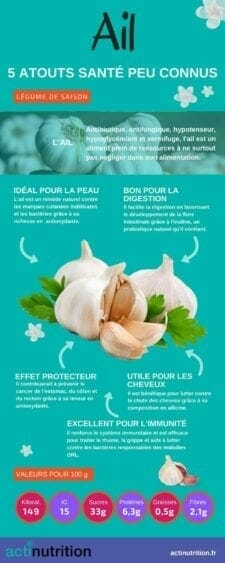Who says January says the launch of Dry January for several thousand volunteers. The goal ? Do not drink a single drop of alcohol from January 1 when you wake up until January 31. But no need to follow the “January Challenge”, to be pregnant, on a diet, to drive, or not to feel on your plate in order not to drink alcohol. You have the right not to want to drink it because you don’t want to be wrinkled before your time, or just don’t like it.
“Alcohol brings nothing: neither vitamins, nor fibers, nor minerals, nor proteins, nor good fats, nor interesting sugars. They are only callosries, recalls Tiffany-Skye Varenne, dietitian-nutritionist. Without alcohol, we have our eyes in front of the holes, we make conscious choices, we maintain good health over the long term and we regulate our weight..” Of course, the revelers will say that without alcohol, thank you party poopers. We often feel marginalized, even painful, when we announce “a soft please”. In addition, the choice is often much less interesting. So what to drink to feel like you’re part of the party?
The healthy choice: flavored water
In some bars, restaurants or “healthy” events, we sometimes have access to water fountains flavored (we also say infused) with citrus fruits, red fruits, ginger, or cucumber. It’s a great choice because these drinks are zero calories and zero sugar. In all cases, preparations based on still or sparkling water are preferred rather than soda or lemonade. “A mint with water, which has only 24 calories per glass, is more interesting than a diabolo mint (where lemonade is used instead of water), which can go up to 90 calories and 30 g sugar“, explains Tiffany-Skye Varenne.
The “group effect” choice: non-alcoholic beer
Non-alcoholic beer contains about 30% less sugar than its alcoholic version, “but also magnesium, potassium and vitamins of group B“, specifies Laurianne Chignard Henneveu, dietitian. A 25 cl bottle at 27 calories. for 100 cl provides 68 calories: this is an interesting alternative, especially if your colleagues all have a beer in their hands on Friday evening. Especially when you consider that a classic beer has around 190 calories and 12g of carbs per pint, and up to 282 calories and 28g of carbs when flavored with tequila.
The classic choice: a fruit juice
All juices are not all equal: count 110 calories for a glass of 25 cl of squeezed orange juice, 57 calories for tomato juice and about 135 calories for an apricot nectar. “A juice (100% pure fruit juice, no added sugar, or a vegetable juice) remains the best choice“, says Laurianne Chignard Henneveu. Some healthy bars offer juices extracted with an extractor. “The fibers of the vegetables are lost during the extraction, but these juices remain less sweet than those made from fruits“, continues the expert.
>> Beware however of the compositions : some “green juice” certainly contain a few percentages of spinach or cucumber, but are often made with a majority of apple or grape juice, and are therefore as sweet as fruit juice. For a truly slimming choice, we opt for juices 100% vegetables with a cucumber base (very watery), flavored with mint, fennel or spinach.
The pleasure choice: a soda
When we want to avoid alcohol, we often tend to take a soda. But “the basis of sodas is always sugar water and flavorings“, summarizes Tiffany-Skye Varenne. They contain no nutrients, and you can count about 140 calories and 35g of carbohydrates per can for a classic soda. “The classic versions are high in sugars and calories, while the light versions do not contain any sugar, but contain even more additives and maintain the craving for sugar“, adds Laurianne Chignard Henneveu. “Better still a ‘real’ soda once in a while rather than its light version every day“, concludes Tiffany-Skye Varenne.
Our experts:
- Tiffany-Skye Varenne, dietician-nutritionist in Nantes
- Laurianne Chignard Henneveu, dietitian in Nantes
























